In a tiny barn on his parents’ property, Gary Gist began a one-man silversmithing show. It was a hobby. Something to supplement his professional roping career. Now, 52 years later, the Gist Silversmith legacy is synonymous with championship buckles awarded to the best in class. They are worn by American presidents, superstar musicians, professional sports team and rodeo athletes, youth champions and, since the inception of the associations, USTRC and Ariat World Series of Team Roping champion ropers.
It’s an awesome feat, but it hardly encompasses Gist’s life. What encompasses Gist’s life is the loop he began building at age 6, aboard Blackie—his half-Welsh, half-Shetland pony—catching two feet behind his father.
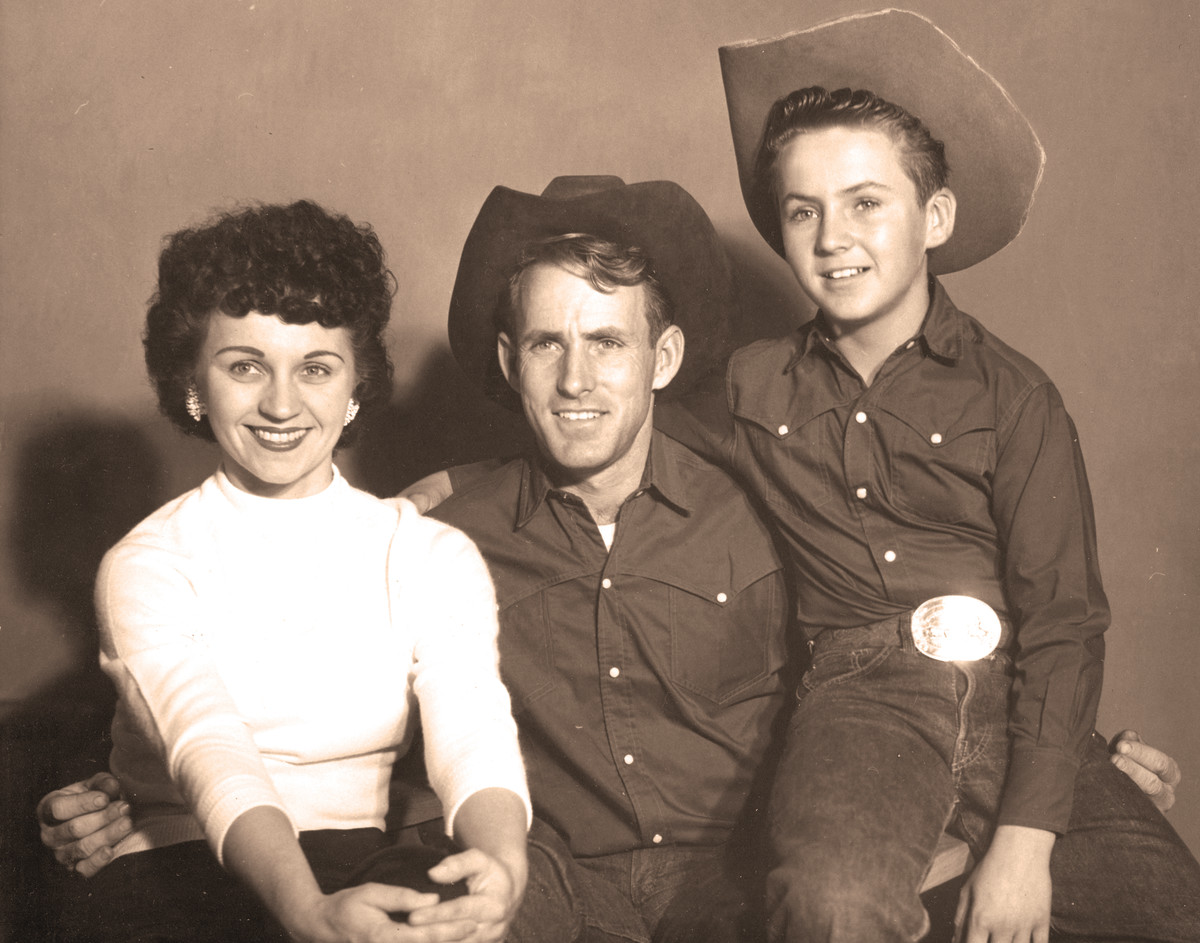
Going Pro
“I joined the PRCA when I was 12 years old,” Gary Gist said. “The first roping I ever went to was Lone Pine, California, and I won that rodeo. That kind of got me hooked.”
The year was 1957. Gist was undoubtedly the youngest professional roper in the then RCA, which had yet to consider limiting the age of its contestants. There was no handicap system and, since Gist, who was born and raised in the San Diego area, was already many years into competing against grown men, it only made sense to level up.
“Southern California had an association called the CCA and I started roping in the amateur rodeos when I was 9, and then I progressed from there. I said, ‘We need to step it up and rope for a little more money than the amateur league was paying.’”
Step it up he did. Gist won Lone Pine heeling for Chick Davis and took second roping behind his dad, Byron. That same year, he and Byron set the arena record at the Oakdale 10-Steer— team roping’s biggest event at the time.
A local paper, the Spring Valley Bulletin, dated Wednesday, Oct. 23, 1957, reported from the scene: “Byron Gist, and his son Gary, 12, from Spring Valley, competed in the California Team Roping Championships in Oakdale, California. More than 400 cowboys from across the country converged on the tiny town for the three-day competition, which gave away $40,000 in money and prizes. Gary was the youngest of all of the competitors. He and Byron won first place in 2 out of 10 different ‘rounds,’ taking home $1,253.28, two brand new nylon ropes, and a variety of Western apparel. It is the largest competition of its kind in the country.”
“We set the arena record that lasted for 25 years,” Gist added. “Everybody said, ‘Oh, that’s an accident, that kid winning that go-round.’ Then I come right back and set the arena record and I won two go-rounds. I was 8.7 on one steer and 7.3. Back then, the score was about 30 foot, and the header and the heeler came behind the barrier on the right-hand side of the steer. And they roped big steers that probably averaged 600 to 650 pounds.”
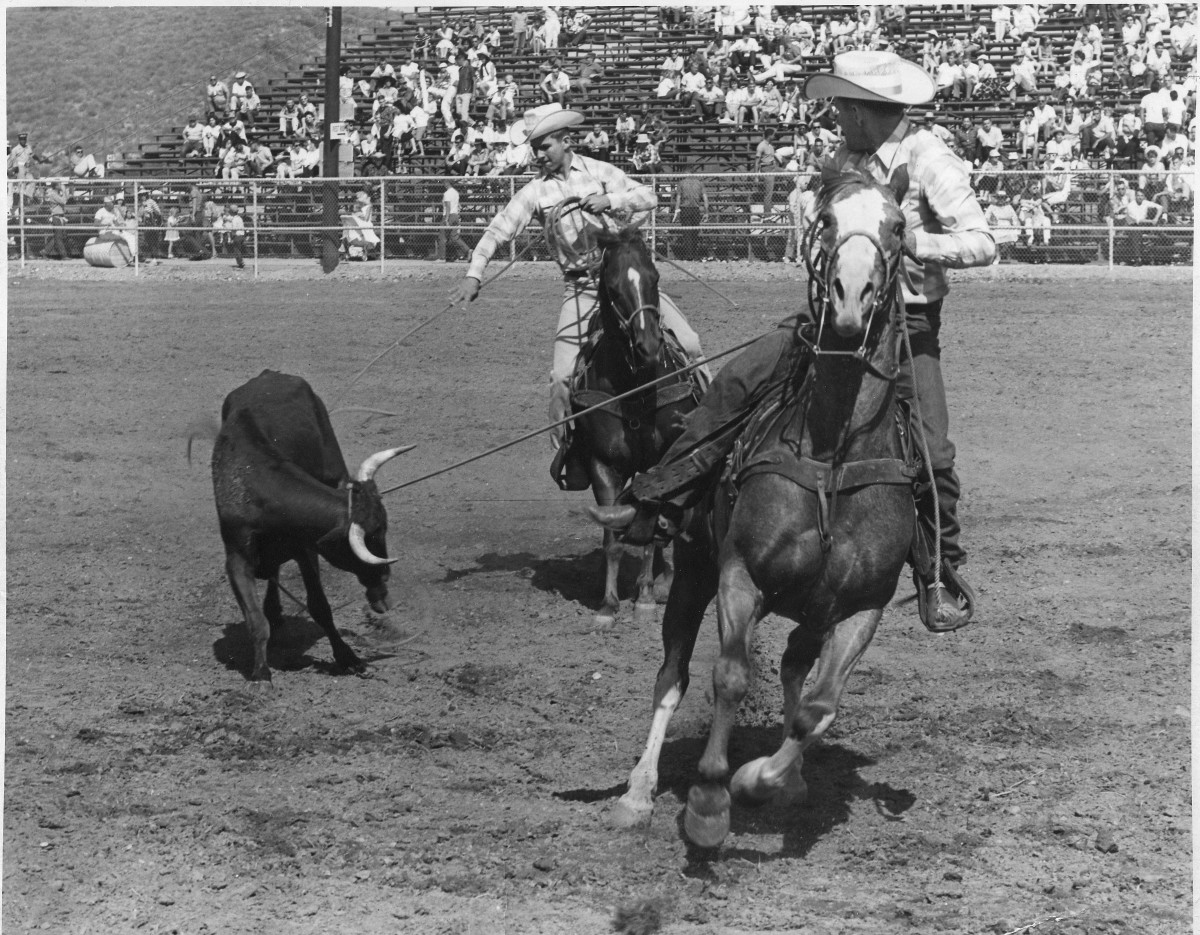
Sometime in the next five years, Gist would convince his dad to rope from the left to get a better handle, just like he’d seen Jimmy Rodriguez, Jr., do—the 18-year-old 1959 team roping World Champion. Gist knew a good thing when he saw it and, within a year of his dad switching over, the pair went to their first National Finals Rodeo.
The 1962 NFR marked the first of 12 NFRs for which Gist would qualify. Byron would head for his son in six of the 12—half the time competing because he had also qualified, and half the time competing because he was Gist’s chosen partner. (These were the days when all team ropers competed for the Top 15 instead of each end earning a spot in the standings.)
“I won the National Finals Rodeo in the team roping with my dad in 1964 and was second for the World but, back then, they only had one World Champion team roper, so I won second. Lost it probably by about $600 or so, just through some bad luck. That’s how close it was.”
Father and son had hit their stride and, in 1965, they were NFR-bound again, but an imminent disruption was looming in the background.
“During that timeframe, when I rodeoed pretty hard, from ’64 and ’65, those were my two best years at getting a shot at winning the World. Then I was drafted. I got to make the Finals in ’65, but they were after me. I went in right after. Jan. 12, ’66.”
Growing Up
Much to Gist’s surprise, his place in the Vietnam War draft lineup earned him membership into the Marine Corps.
“I was the first all-drafted platoon to go through MCRD (Marine Corps Recruit Depot),” Gist said. “They had never drafted anybody in the Marine Corps at that time. So, when I got drafted, I was thinking I was getting drafted into the Army. I went up to L.A.—that’s where they had the physical—and, all the sudden, they took the last 50 guys and said, ‘We’re drafting you guys into the Marine Corps. We need some more Marines.’
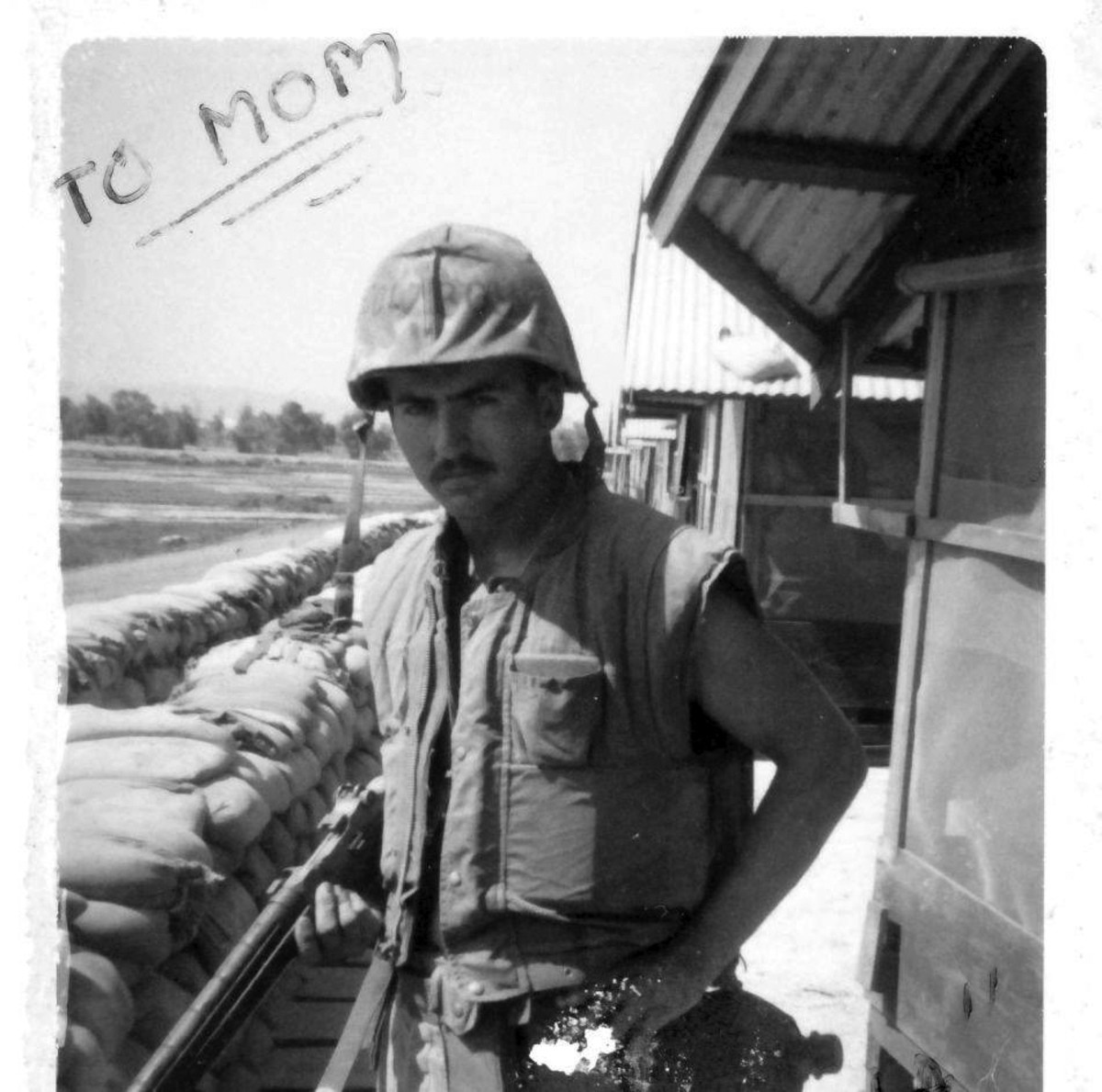
Happily, Gist returned from the war in 1968. He resumed roping immediately, but he also knew things would be different.
“Hey,” Gist asserted, “I’m happy that I did end up in the Marine Corps, and I’m thrilled that I went in. It gave me a lot of advantages when I came back. It was actually a free college education, even though my life was at stake. It let me grow up. It helped me become a businessman. The war does a lot of things to a lot of people, but when I came back, it was the happiest day of my life because I had made it alive and I could go back to doing my favorite hobby at the time, which was roping. I team roped and I did rope calves for a while and, when I was in the Marine Corps, I did ride bareback horses.
“And so, being in that industry, I wanted to actually try to make a living somewhere in it and I was thinking about being a saddlemaker. Then I realized, there’s a lot of saddlemakers and not one of them was doing real great. You could provide, but it was a tough for a lot of saddlemakers at that time, I remember.”
Gist then turned to metals, bits and spurs in particular, perhaps because of the familiarity he would have gained spending time with his father, a full-time ornamental ironsmith. But, again, Gist failed to see the potential to make an honest living, which led him to building buckles.
“I’d won over about 80 buckles in that time at my career and I said, ‘I’m going to try making a belt buckle.’ So, I started right after I came back from Vietnam, in ’68, and started making belt buckles. I was a one-man shop for six years.”
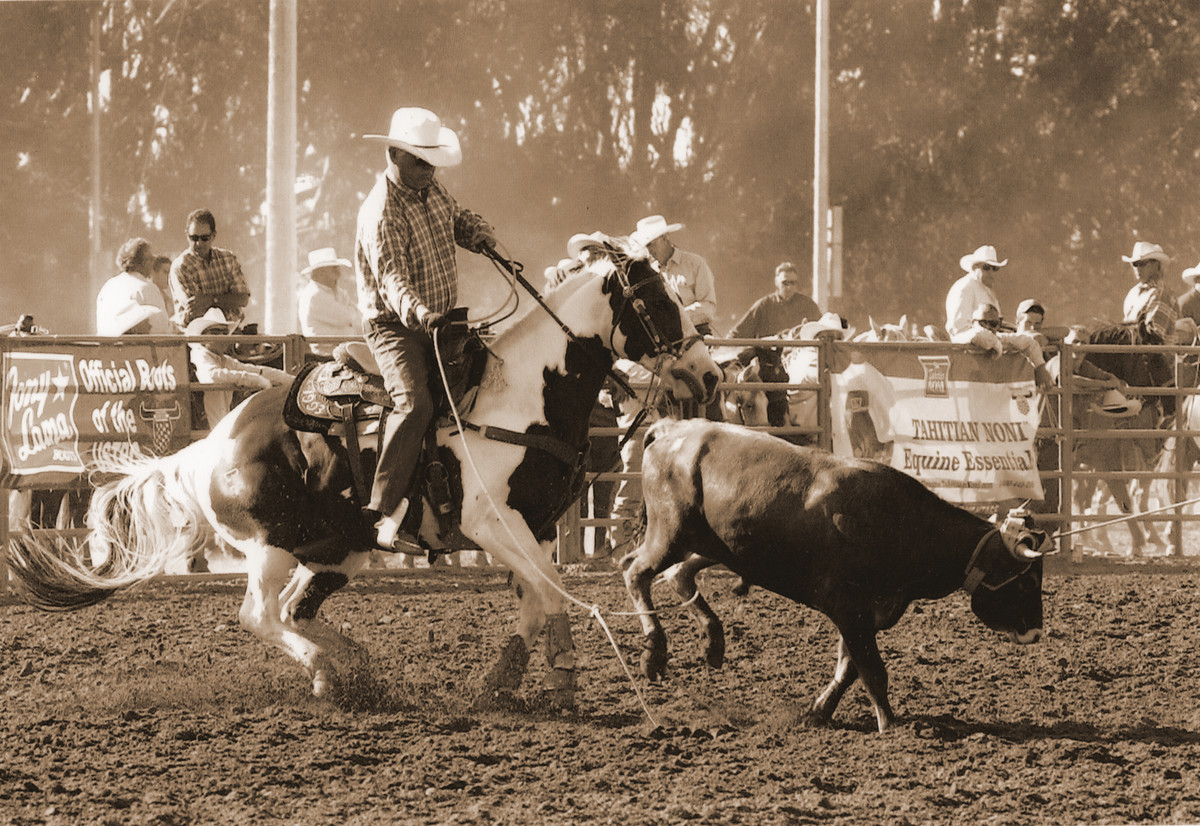
In the years since its humble barn beginnings, Gist Silversmiths has become a family-run endeavor that has produced more than 1 million buckles. The buckles are produced in-house—the company’s headquarters are now in Placerville in the Western foothills of the Sierra Nevada, about midway between Sacramento and Lake Tahoe—and each endures a level of scrutiny that ensures the kind of quality its founder has sought to provide since the beginning.
“That was one thing,” Gist said. “You know, I rode at these rodeos and, from the time I left until the time I’d get to a rodeo, it was all about the lines going through my head. How could I make that buckle better?”
A lot of that betterment is about the design and the raw materials and workmanship that go into each buckle. But a lot of it is about the experience, too. The roping crowd knows well the importance of winning a buckle, and it’s an experience to which not even the master buckle maker himself is immune.
“I was roping a lot when the USTRC [got] going in the ’90s. I probably won 20 US buckles and 15 World Series buckles. And, I’ve probably won over 200 buckles in my lifetime, maybe 250, and it’s like, I got so excited every time I’d win one.
“Being around the buckle business, it’s kind of stupid, you’d think,” Gist admitted, “but, I could go win $3000 at a US roping and then couldn’t wait to come home and show my daughter the buckle I’d won. You know? Particularly if it was a Gist buckle. You never get too old or excited about winning a Gist buckle.”
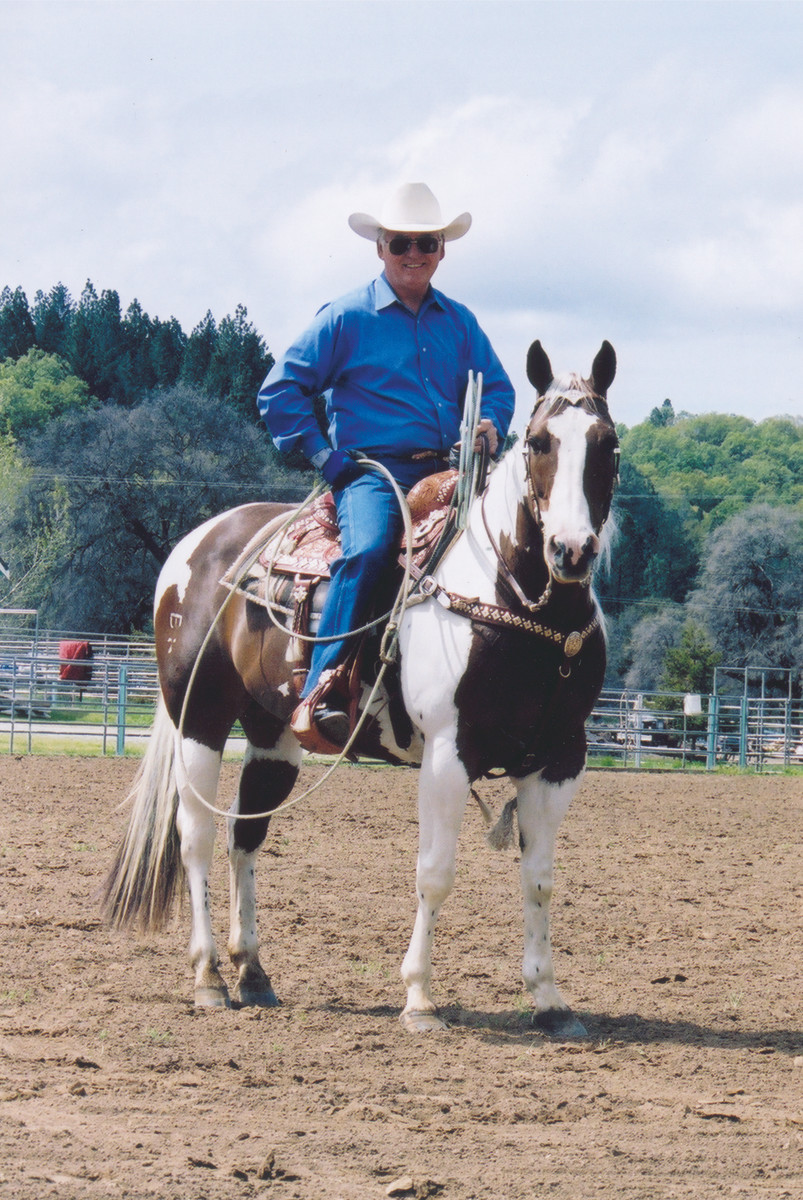
It’s important to Gist to make that experience available to every person who receives a Gist buckle, and he takes great pride in the quality products he offers in a timely manner to everyone from NFR World Champions to Little Britches Champions.
“After I won the National Finals Rodeo in ’64, I won the National Finals belt buckle, [but] my buckle wasn’t ready at the rodeo and neither was my dad’s. We left the rodeo without our belt buckles. The Finals was in December of ’64 and we never got our belt buckles until September, in ’65.
“I finally got my buckle, but I went out to that mailbox every day and looked for that belt buckle to come. Numerous phone calls to the headquarters in Colorado Springs and, finally, I got it and that was a pretty happy day in my life. Years later, I still think about that and still do not want to be late on an order.”
Even now, in the face of the uncertainty COVID-19 has delivered on a weekly basis since March, Gist remains steadfast in his commitment to the Western community.
“I think we probably have the best record in the world of not being late on any orders and, even with this coronavirus going on, we haven’t missed a deadline for events that did happen. My family comes here and we’ve got to work until midnight even though we’ve had to back off with so many cancelations. And, of course, rodeos have been rescheduled. Like, Salinas Rodeo is supposedly going to be in October. Who knows now? We did end up having the Bob Feist in Oklahoma City. So, our family still gets together if we have an order and an event is happening. We’re still going to be on time, one way or another.”
The Things That Matter
In November of 1981, Gist and the eldest of his three children, his son, Branden, were invited into the Oval Office of the White House to present fellow Californian, President Ronald Reagan, with a custom belt buckle. They shared an audience with the President for 25 minutes that evening, which was a full 21 minutes more than a group of journalists was afforded earlier in the day in the Cabinet Room.
Gist, however, does not mention the event—the details are available in Reagan’s daily log. Instead, when asked about his career highlights, Gist talks about his family.
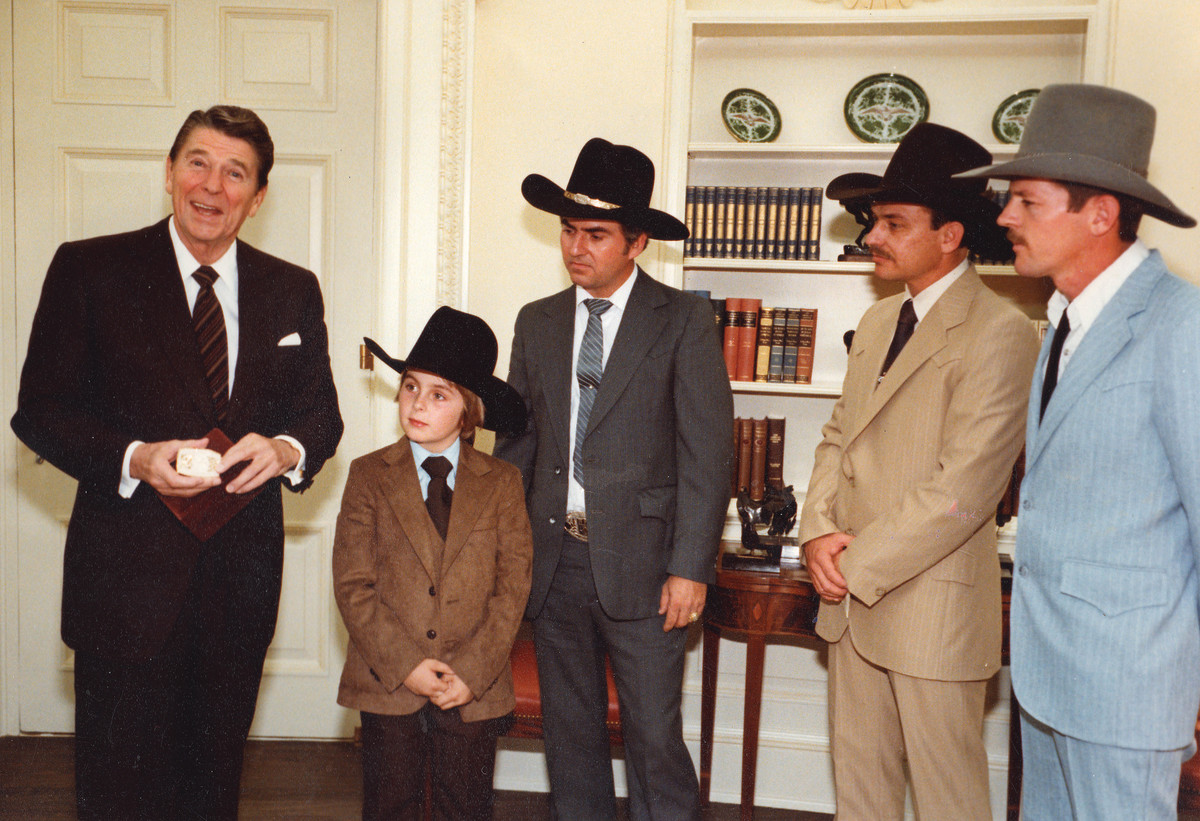
“Every time we make an award buckle, I’m proud of it. Particularly proud that my sons are involved in the business and do a great job—Chad and Branden. And without my wife, Evelyn, and daughter, Ashlyn, supporting me all the time, it wouldn’t have been as easy, but with the support of the whole family, [including] my mom, my dad, when they were alive ….Those were exciting times, when I could make something for my mom or my dad. A bit or a pair of spurs or jewelry. There’s nothing better than being able to give back to your family.”
As the only child, Gist grew up close to his mom, Mickey, and his dad, who would remain Gist’s roping partner until he was 85 and a family icon until his passing in 2013 at the age of 91. The roping victories the family shared remain impactful to Gist, whose wins were won in the face of other adversities.
“My passion has always been around the youth programs. When I was 10 years old, I started going to some junior rodeos and then they realized I’d been beating all the grownups in the team roping in southern California. So, I went one or two years running in some junior rodeos before they barred me from all the junior rodeos. Then, they barred me playing football and baseball in high school because I had won money roping—some big checks at that time for a young kid. And I couldn’t imagine that. Why would they bar me in football? They said, ‘You can’t because you’re a professional.’ I don’t know how it got around, but anyway, in high school I didn’t get to play sports like I wanted to. And so, that just made me more determined as a roper.
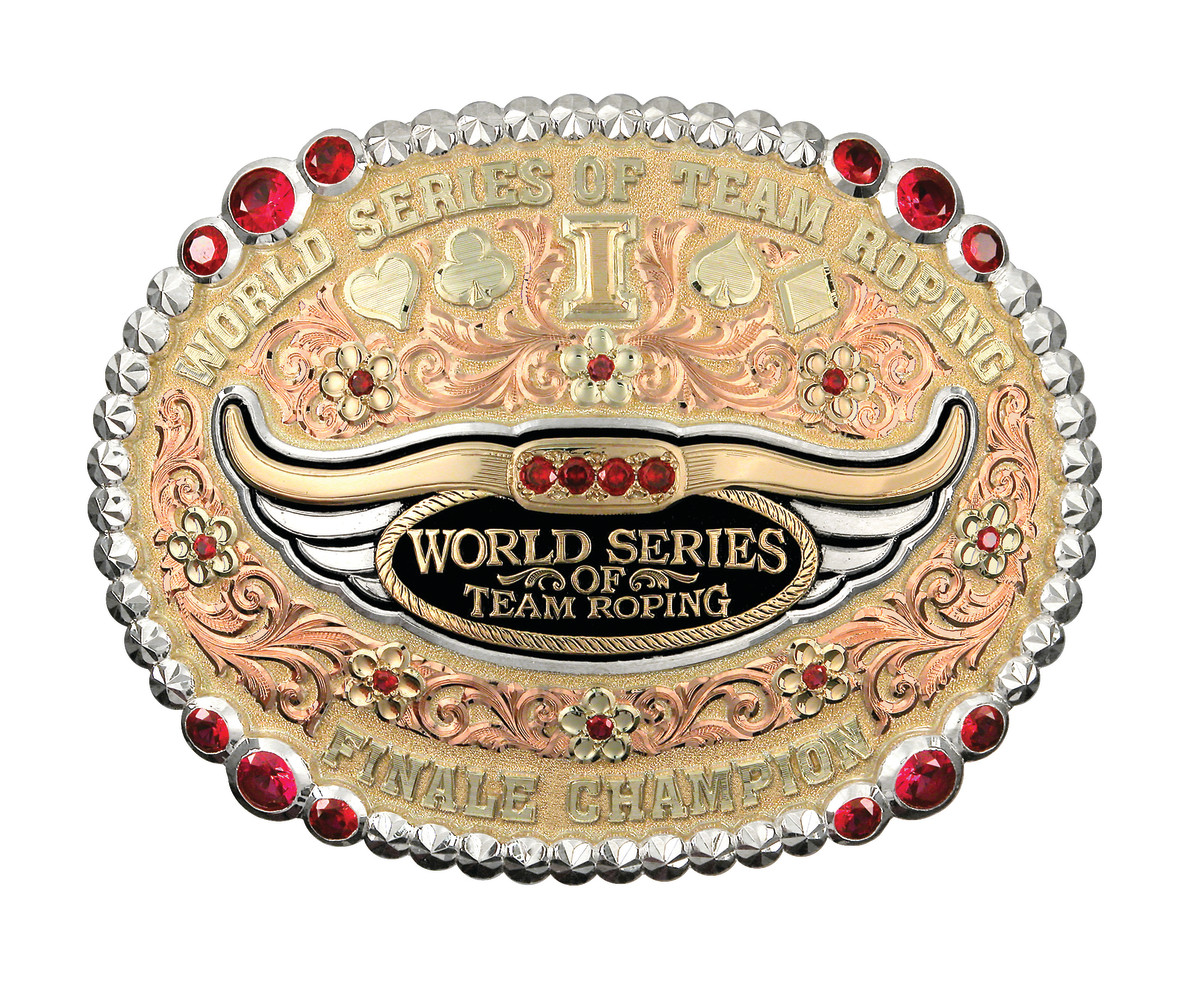
“Also, it made me more determined to be involved with the high school and junior high divisions. I want to help these kids. So, the highlights are being involved in the junior high and high school rodeos. We give back so much to those kids. As much as we possibly can and still make a living. Being involved with that and being a national sponsor of those [events] really helped me and, of course, you know, team roping’s been my life.”
The Roping Life
Swinging loops atop good horses has been central to Gist’s story. In the 1950s, at the age of 6, he entered up with his dad, in a “dollar-and-a-half jackpot” and won his first check.
Gist, 75 now, had to hit the pause button on roping when he went to Vietnam, and he’s doing it now, too.
“I still want to go back and rope,” he posited. “I’ve always had great horses and I’ve always trained my own and, as you get a little age on you, it’s a little harder. My dad passed away and he was my right-hand guy with the horses. We bought and sold and traded a lot of horses, so we always had ropers around here and always were practicing roping in our arena. When he passed away, then it kind of changed. I didn’t have any friends to drive down to the rodeo with, or the ropings.
“My oldest son did well, and then he got involved with his family and backed off because of the business and it growing, so, it makes it harder for one person to rope. I kind of backed off for the last four years. But, in my mind, I can still rope and there’s a place for me because of the handicap systems.”
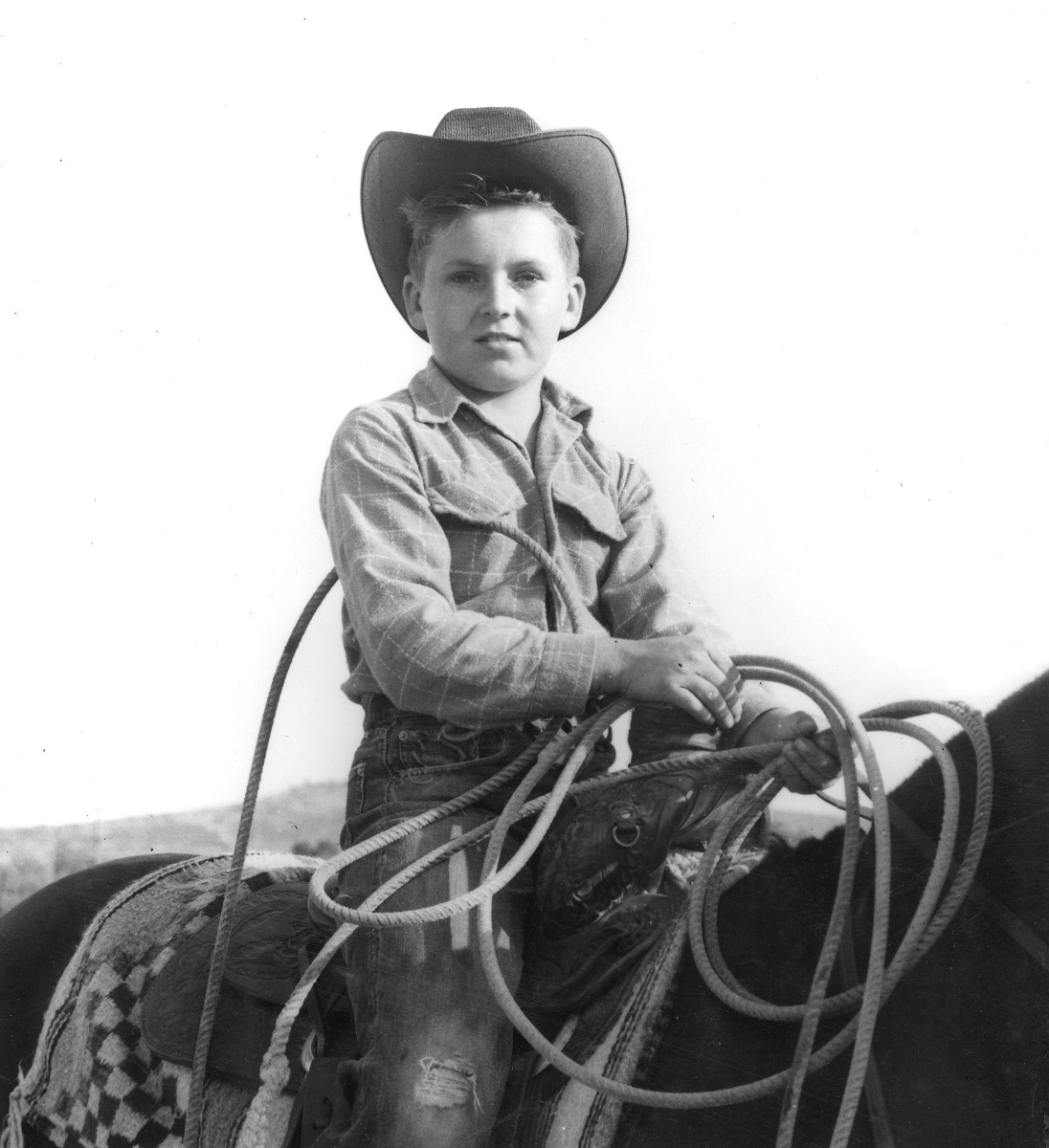
Not that Gist has exactly been missing out in recent years.
“For me now, there’s nothing better than to see some young kid win a Gist buckle. I still love to win belt buckles and we’ve had some pretty nice horses and still do. We’ve got some show horses now and one of them, just this weekend, won a saddle and three belt buckles, so that perked me up.
“So, we’re still on the winning edge. My granddaughter, Melody, she’s doing well in the barrel racing. Last weekend was her biggest win. She won $900. It’s kind of like me winning that first rodeo. She’s a pretty happy camper and I’ve been there at that age and I remember what it was like, winning at an early age and the thrill.
“The love we have for friends and family and horses, it’s a great way to live. I’m very fortunate because I have family and my health is still good and that’s why I get up in the morning.”









